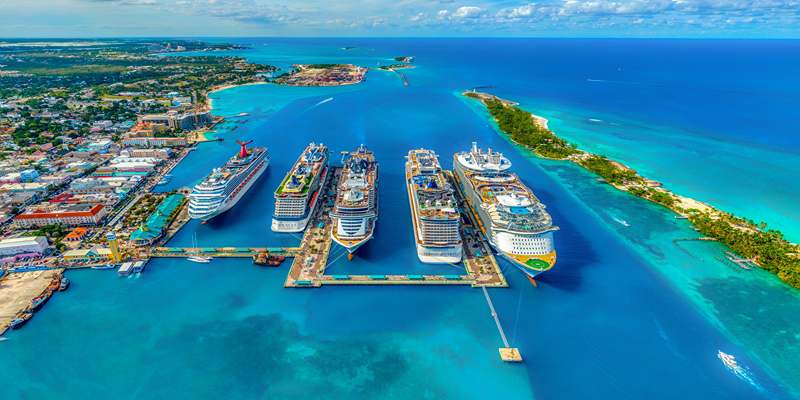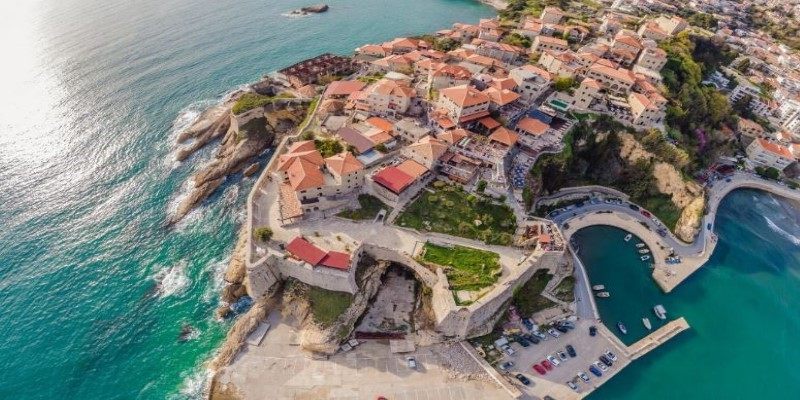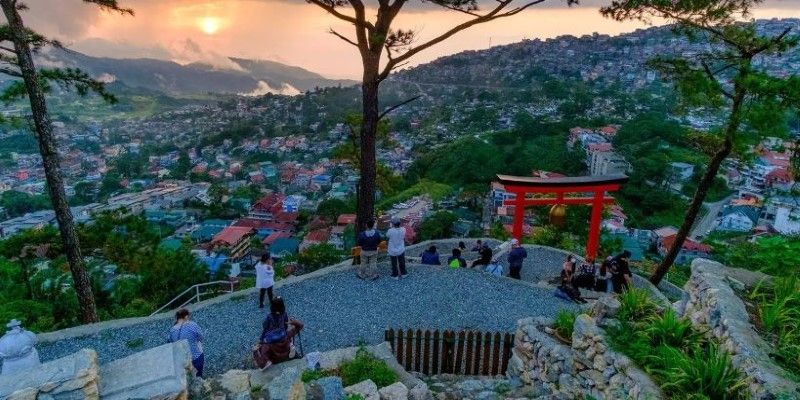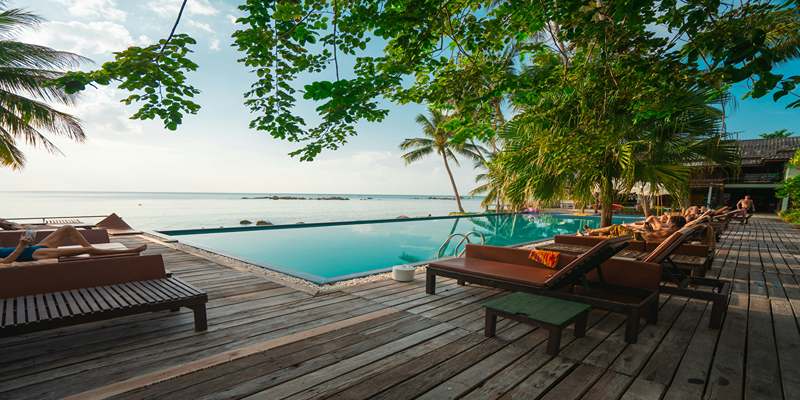The Untamed Beauty of Montenegro: A Land of Mountains, Sea, and Stories
Montenegro, often overlooked in the Balkans, is a land of untold beauty that captivates those who explore it. Its rugged mountains, serene coastline, and medieval towns leave a lasting impression. The country is a harmonious clash of nature and history, where towering limestone peaks drop into the Adriatic, rivers carved through ancient canyons, and centuries of history are embedded in its walled cities.
From the peaceful Bay of Kotor at dawn to the vastness of Durmitor National Park and the historic streets of Budva, Montenegro offers stories on every corner. It's a place that stays with you long after you've left its shores.
Where Mountains Meet the Sea: Montenegro’s Natural Drama
The very name of Montenegro, meaning "Black Mountain," suggests the rugged hilly terrain that is an intrinsic characteristic of this land: high peaks running across the horizon, erect from the water's edge, create a dramatic contrast between land and sea. Nowhere is this more striking than along the Adriatic coastline, where cliffs plunge into the sapphire waves, forming a jagged border between earth and ocean.
The Bay of Kotor is often mistaken for one of the fjords, and indeed, this is one of the truly iconic sights of Montenegro. It is surrounded by mountains and old villages lining the shores, and its still waters reflect that world on top of itself in a time-as-frozen state. An incredible small town at the Bay, Perast, is even more mysterious. The decoration of its Venetian-style edifices and the minuscule man-made island of Our Lady of the Rocks grant it an almost mythical air. It is golden with light during sunset, casting white shadows across the lake, and is probably one of the most perfect things in nature that seems painted.
But Montenegro’s beauty isn’t just in its waters. Inland, Durmitor National Park is a realm of deep canyons, glacial lakes, and alpine meadows. The Tara River Canyon, one of the deepest in the world, cuts through the park, offering breathtaking views and heart-pounding rafting experiences. The Black Lake, nestled among pine forests, is a place of quiet reflection, its mirror-like surface capturing the sky and surrounding peaks in perfect symmetry. Here, the only sounds are the whisper of wind through the trees and the occasional splash of a fish breaking the surface.
The Echo of Centuries: Montenegro’s Medieval Towns and Legends
Montenegro’s cities and towns feel like pages torn from an old storybook. Kotor, a UNESCO-listed town on the bay, is a labyrinth of narrow alleyways, hidden courtyards, and stone churches. Its medieval walls snake up the mountainside, offering a grueling but rewarding climb to the fortress of San Giovanni. From the top, the view of Kotor’s rooftops merging into the bay is something unforgettable.
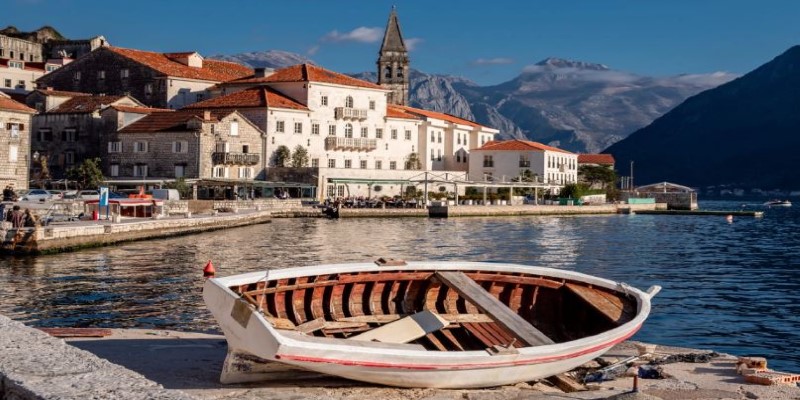
Further down the Adriatic coastline, Budva tells a different tale. While its old town, surrounded by Venetian walls, exudes history, Budva is also a place of contrasts—where past and present collide. Beyond the medieval core, modern beachfront resorts line the shore, giving it a vibrant energy. Sveti Stefan, a tiny island turned luxury retreat, sits just off the coast, its stone cottages connected to the mainland by a narrow strip of sand. It’s a place frozen in time, where the sea whispers against the rocks, carrying echoes of nobility, poets, and wanderers who once walked its paths.
Further inland, the monastery of Ostrog clings impossibly to a sheer cliff face, seemingly defying gravity. This 17th-century Orthodox monastery is a place of pilgrimage, its white walls standing out against the dark rock. Whether one comes for spiritual reasons or simply to marvel at its construction, the feeling of being in the presence of something beyond time is undeniable.
A Taste of the Land: Montenegro’s Simple Yet Rich Cuisine
Montenegro’s landscapes shape its food. In the coastal towns, seafood dominates—grilled fish drizzled with olive oil, octopus salad, and black risotto infused with cuttlefish ink. The Adriatic coastline provides an endless bounty, and each meal comes with the salt of the sea still lingering in the air. Inland, the fare shifts. Hearty meats, mountain cheeses, and homemade bread fill the tables of traditional taverns. Njeguški pršut, a smoked ham cured in the mountain air, is a staple, best paired with local cheese and a glass of red Vranac.
But perhaps nothing captures the soul of Montenegro like rakija. This potent fruit brandy is more than just a drink—it's a gesture of hospitality, a bridge between strangers, and a tradition passed down through generations. Whether sipped in a family home, a roadside cafe, or a mountain lodge, rakija carries with it the warmth of Montenegro's people.
The Road Beyond: Montenegro’s Endless Discoveries
Montenegro is a country that invites exploration, where each turn in the road leads to something unexpected. Drive inland, and you’ll find Biogradska Gora, one of Europe's last primeval forests. Ancient trees stretch skyward, and the air is thick with the scent of moss and rain. Head south, and you'll reach Lake Skadar, a vast expanse of water shared with Albania. Its shores are teeming with birdlife, and its surface is dotted with tiny fishing villages.
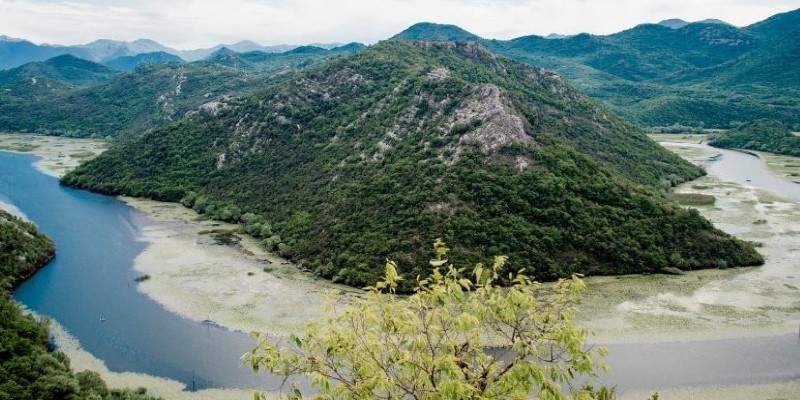
This is a land of contrasts—wild yet welcoming, ancient yet alive. It is a place where nature and history blend, where the rhythm of the sea meets the silence of the mountains, and where each moment lingers long after the journey ends.
Conclusion
Montenegro lingers in the mind long after departure. It is a land of quiet beauty, where the mountains and sea tell stories in whispers rather than shouts. The Bay of Kotor at dawn, the wild Tara Canyon, the timeless streets of Kotor—each moment feels suspended in something greater than time. Whether in the warmth of rakija shared among strangers or the hush of a monastery clinging to stone, Montenegro invites connection. It does not overwhelm but leaves an imprint, subtle yet lasting. In its stillness and its grandeur, Montenegro becomes not just a place visited but a feeling carried forward.

